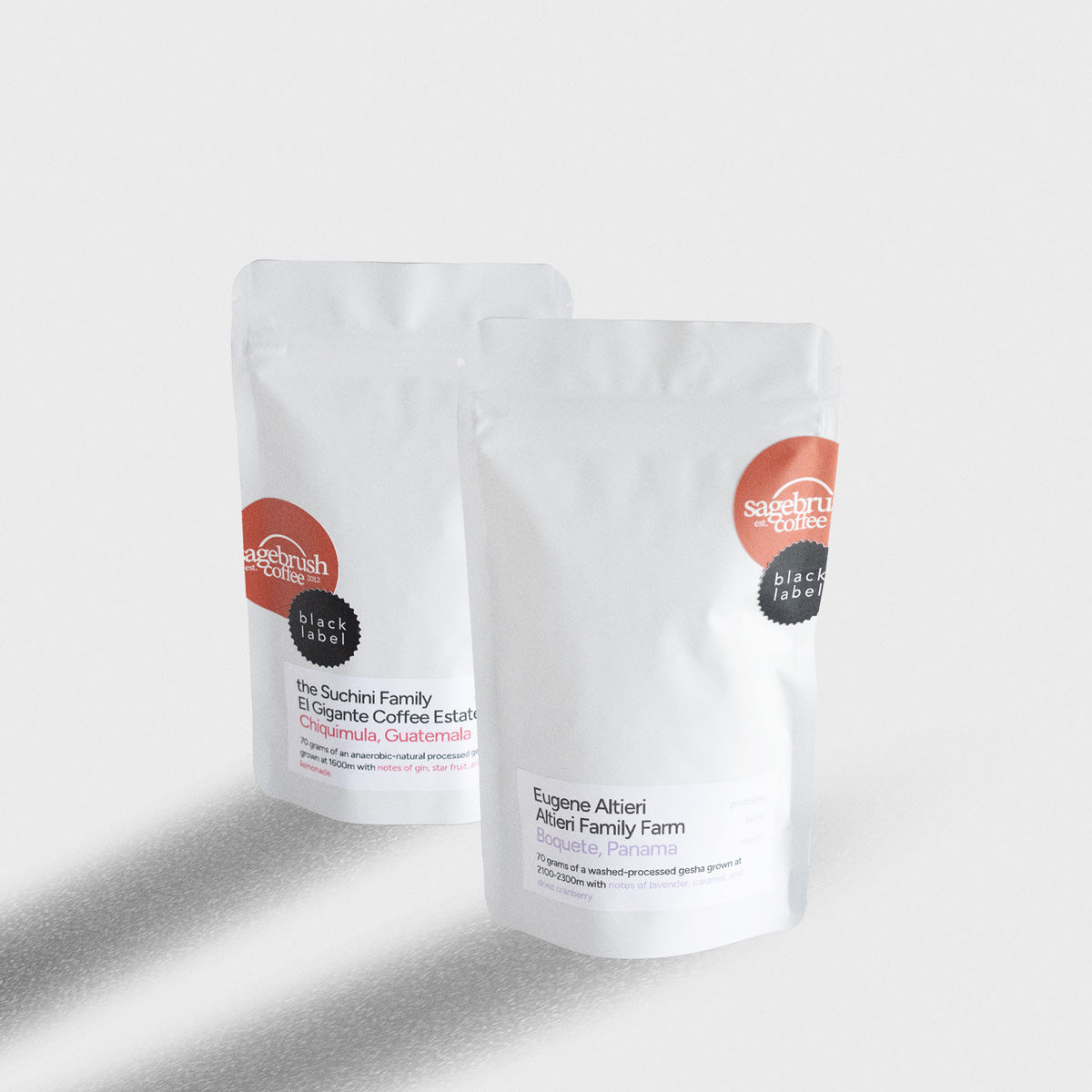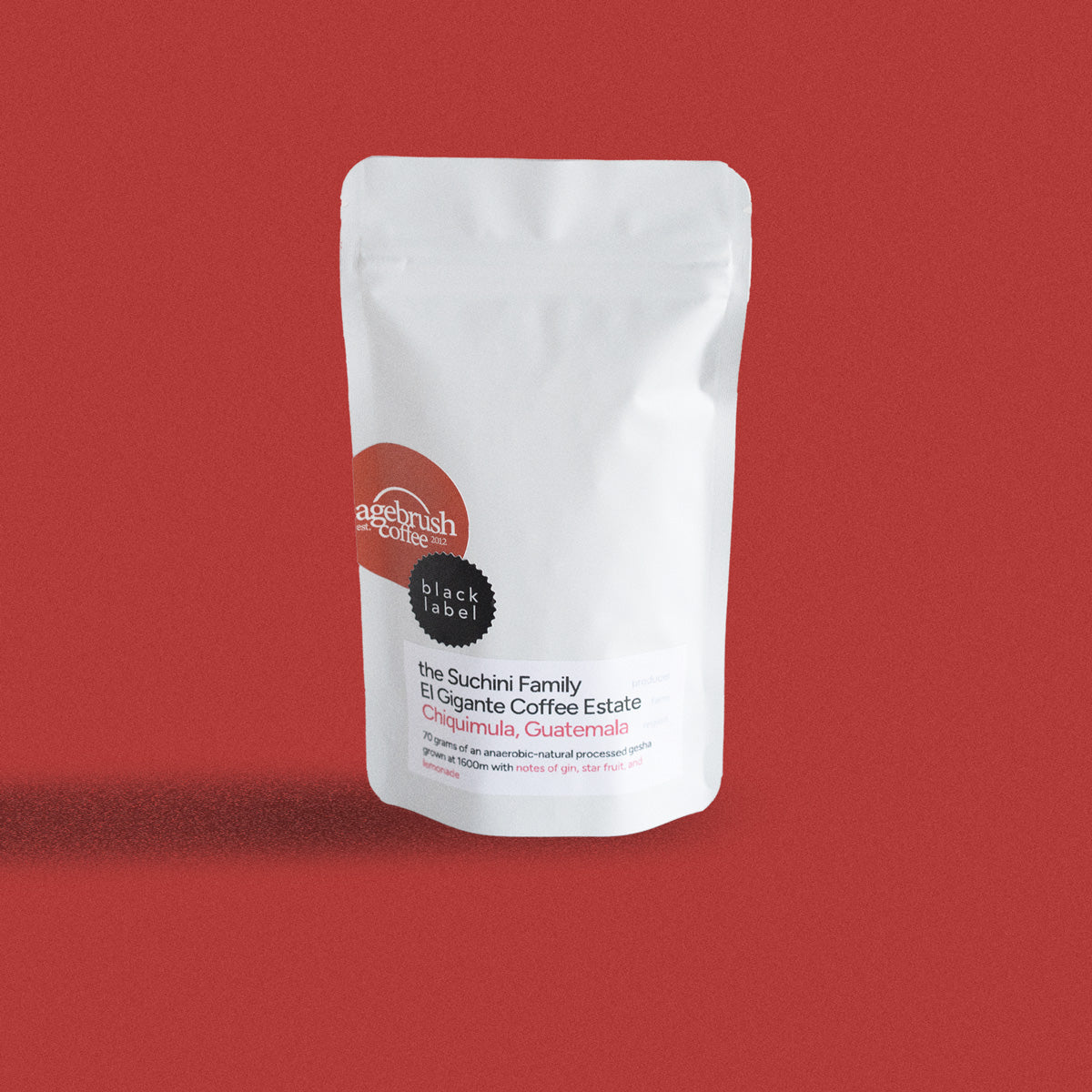Evolution of Packaging
Although coffee has been consumed for over a thousand years, it really only started to be packaged and stored in the early 1700s. During this time, the French started using linen bags to brew coffee, and this naturally led to them storing their coffee in bags as well. They eventually began using beeswax to coat the linen in order to preserve freshness, and this sparked a movement across the entire world of coffee.
Fast forward to the late 1700s, New Yorkers took coffee packaging into their own hands. Until then, they had been wrapping coffee beans in newspapers or parchment, similar to how you buy candied nuts at the fair nowadays. This all changed in the 1790s when they began to use jars and pots in efforts to preserve freshness, a similar idea to the French earlier that century. While this method was certainly an improvement from newspapers, people would keep coffee stored this way for years, causing it to go stale regardless of how it was stored.
In the early 1800s, a factory in London began to store coffee in tin cans, a trend that would last for quite a long time. New Yorkers eventually picked up on this trend and used it as well. They stored green coffee, roasted coffee, and even ground coffee this way and sold it in almost every store and market. These cans were sealed in a variety of ways ranging from paper seals, cardboard lids, and even lead.
Throughout the remainder of the 1800s, some companies continued to use tin cans while others switched to paper packages. One company that was particularly popular during this time was Arbuckles, a company owned by John Arbuckle of New York City. He created a factory-like process that weighed out and sealed exactly one pound of roasted coffee in paper packages that resembled bricks. Arbuckle’s coffee gained popularity not only because of its packaging but also because of the trinkets, coupons, and trading cards hidden in the packages. This was also the first time coffee was being sold under a specific brand name. Up until that point, it was sold like any other good or ingredient like sugar or flour.
Machines were introduced to the world of coffee packaging during the American Industrial Revolution, allowing companies like Arbuckles’ to roast and package more coffee faster. This was not necessarily high-quality coffee, but most people didn’t care about things like taste quite yet. The increased numbers of TVs and Radios in homes also promoted advertising in the coffee industry during this time. U.S. brands like Maxwell House, Folgers, Nescafe, and Hills Brothers capitalized on this movement of mass-producing low-quality coffee during this time.
Steel and metal shortages during World War I and World War II made it harder to sell coffee in tins. While some companies continued to do so, many switched to paper and plastic around this time. Additionally, instant coffee became popular after World War II because it was less expensive and easier to make. Instant coffee was particularly popular amongst soldiers.
From the 1950s on, a focus on the taste and quality of coffee became popular. For some people, this meant sourcing higher-quality beans and creating both a science and art out of the act of roasting. For others, this meant combining coffee with milk, sugar, and flavoring to create drinks they enjoyed like flavored lattes. This affected the world of coffee packaging in two ways. The first was that people started to focus on removing air from inside packages to preserve the quality of their beans. The second was that the trend of pre-bottled flavored iced coffees were introduced to the market.
By the 1990s, pre-bottled iced coffees had become a huge hit and people were looking for other ways to get fast coffee with different flavor options. Coffee chains and drive-throughs like Starbucks and Peet’s Coffee had become popular and the first ever Keurig K-cups were invented by Green Mountain Coffee Roasters. Keurig later merged with Dr. Pepper and can now be found at any supermarket.
Fast forward to the 2010s and 2020s and the coffee industry has gotten a pretty good grasp on how to store coffee efficiently and keep it fresh. Most coffee in the specialty coffee industry is stored in sealed air-tight bags equipped with one-way valves and resealing capabilities. Additionally, we have learned through trial and error that it is better to brew and drink coffee within a week or two after it is roasted for the best flavor experience. The focus on coffee packaging has now shifted to sustainability.
Sustainability
Since people have started to be more conscious of their carbon footprint, the packaging industry has shifted its focus to sustainability. We have started seeing compostable, biodegradable, recyclable, and reusable components used to package coffee and many other items. Even large corporations like Starbucks have begun to offer reusable cups. At some places, you can even get a small discount for bringing your own cup or container.
Materials that have been popular during this sustainability movement include kraft paper, rice paper, low-density polyethylene, wood pulp, bamboo, and water-based inks. These options are easier to produce and easier to dispose of in non-harmful ways. Additionally, they help keep your coffee as fresh for as long as possible, which helps reduce food waste. Here at Sagebrush, the majority of our coffee is sold in kraft paper bags once it is roasted. The green coffee that we import is usually shipped in burlap bags which we hand out for free to customers wishing to repurpose them for projects or gifts.
Branding
Another important factor in coffee packaging is branding. Consumer behavior studies have shown that branding has a huge effect on influencing a customer’s purchasing decision across the board. Packaging that reflects well on a company's brand should include its name and logo, a slogan or statement that reflects its values, the company’s colors, and information about the specific product or coffee being sold. It is also important that all of the information included on the packaging is easy to read, clean, and aesthetically pleasing as this will help the product stand out against competitors.
In addition to the physical packaging of coffee, the internet, radio, TV, and social media have all contributed to the branding of coffee and coffee companies. Maybe you’ve seen commercials for big box companies like Folgers and Maxwell house. Perhaps you’ve interacted with your favorite shop’s Instagram account. Or, perhaps you’re subscribed to an email list from a small roastery that publishes articles about the coffee industry and makes you feel connected to their brand that way. Regardless, branding and packaging are an everyday conversation topic for every small roaster and large corporation alike.


















